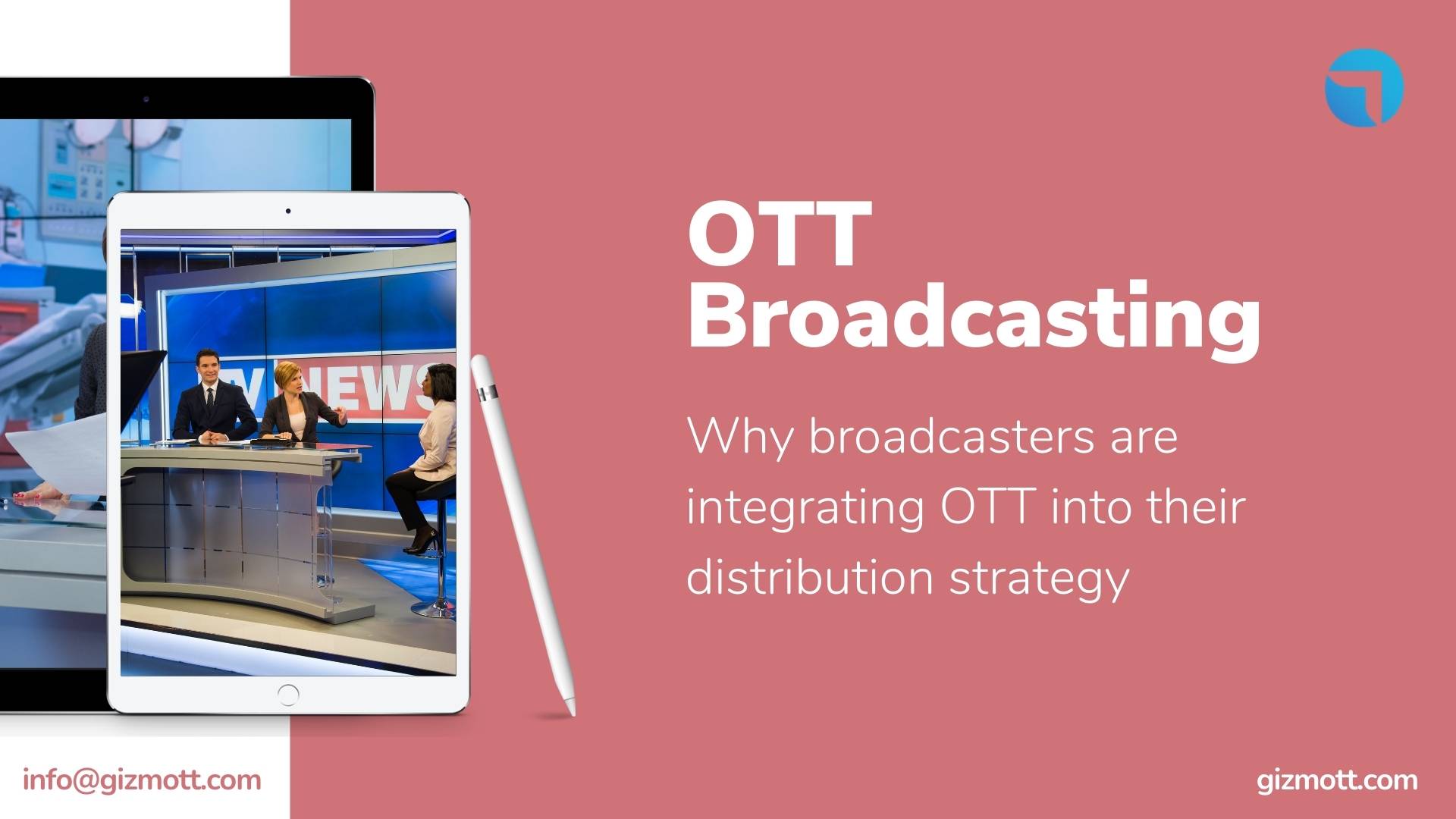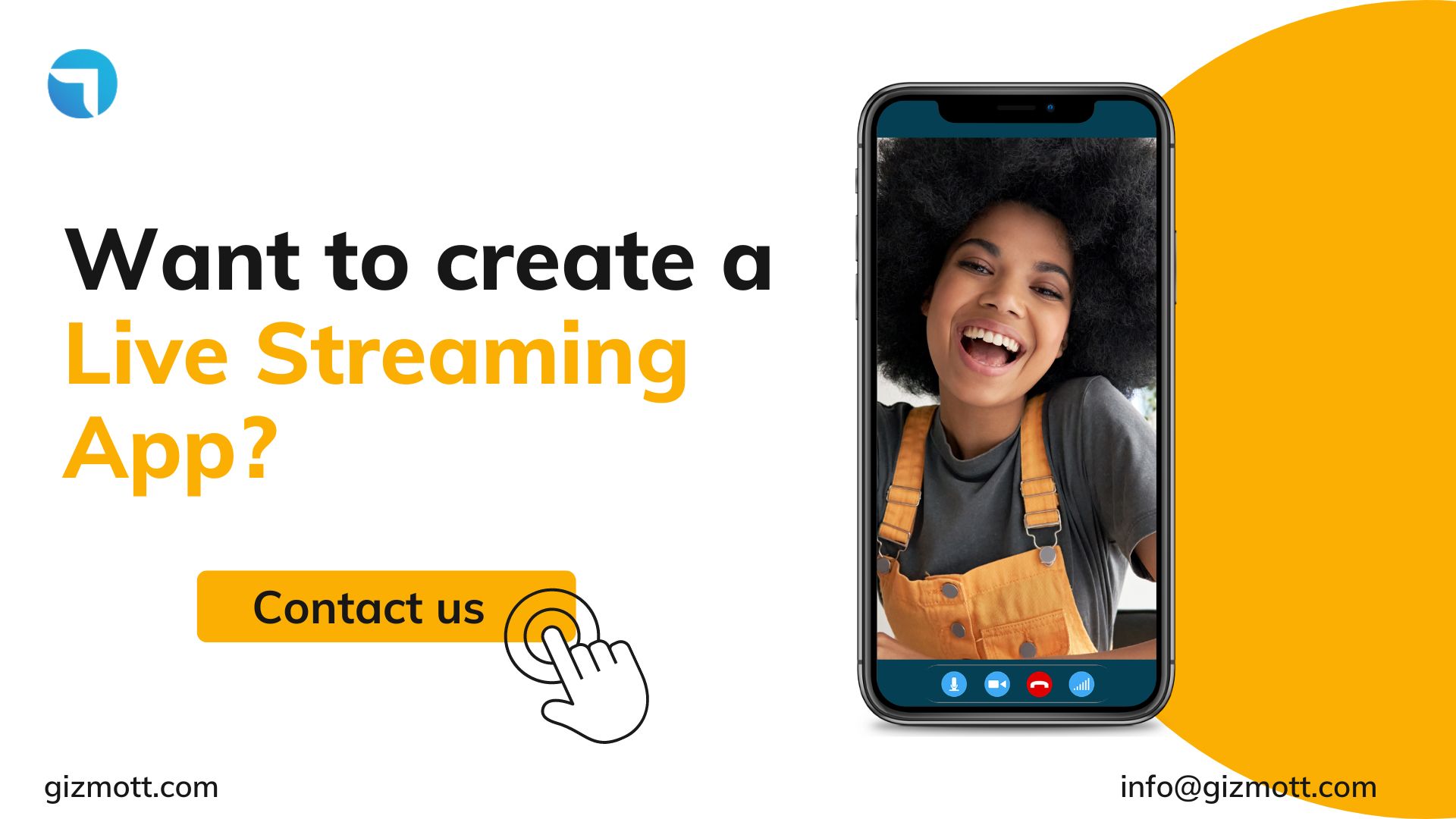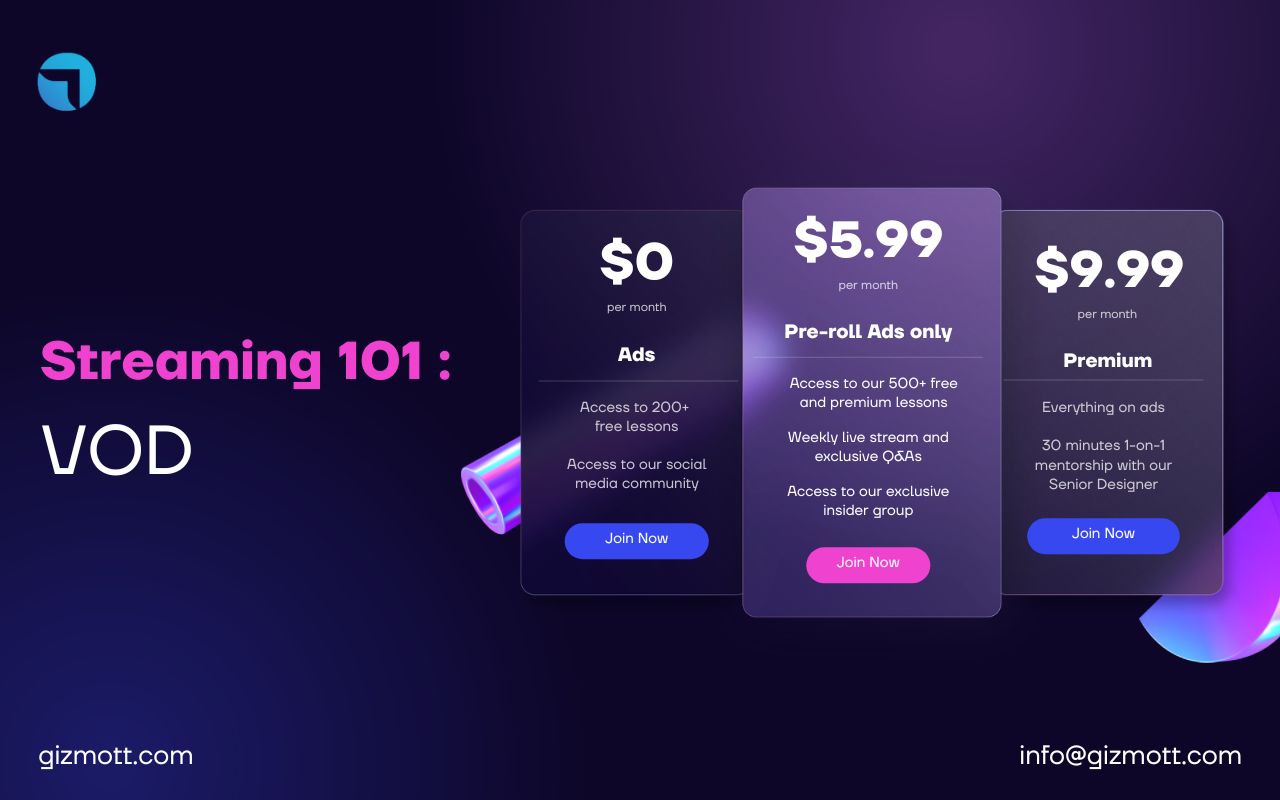The distribution of content by broadcasters is evolving as a result of over-the-top (OTT) technologies. OTT platforms provide better access to the content people are looking for and provide them the freedom to access it whenever they want by getting over the limitations of traditional media networks.
Digital devices are becoming more popular for their ability to enable access to news and entertainment. Over-the-top streaming services deliver many types of content on-demand, including live events. Viewers can access the streaming platform from any location with an internet connection that is fast and stable, and receives other live events as they happen.
By enabling professional broadcasters to engage with live audiences, OTT broadcasting increases the impact of media distribution. Additionally, OTT video on demand offers a unique chance to connect with a growing user base that is losing interest in conventional media sources.
In this post, we are going to cover everything you need to know about OTT broadcasting. We will start by defining OTT and describing what OTT broadcasting is used for. From there, we’ll break down some different types of OTT broadcasting, including live streaming and VOD.
Why broadcasters are turning to OTT?
As OTT services continue to grow, if your company wants to earn maximum viewership, adding streaming is necessary. More and more people rely on digital devices for easy access to entertainment and news consumption. OTT streaming platforms give on-demand access to several types of content, including live news.
Viewers can tune in from anywhere with a stable high-speed internet connection and watch the news when it breaks. The average American viewer uses between three and four services. The money is where the viewers are, so turning to OTT is necessary if you want to maximize your audience and revenue.
Marketers must follow their audience. This is the only way to reach them. For instance, a large chunk if the present-day audience isn’t using traditional broadcast TV anymore. They are shifting to OTT for video and audio streaming apart from game streaming and messaging needs.
By sticking to traditional broadcasting and neglecting OTT, you will only miss out on the chance to reach your complete audience base. However, this doesn’t mean broadcasting platforms will cease to exist, instead we’re integrating OTT with broadcast TV so as to increase reach.
Benefits of integrating broadcasters with OTT.
• Reach a wider audience of people interested in your content.
• Monetize your content in a number of ways, from ads to subscriptions.
• More easily target the right audience with the right content and ads.
• Enjoy a more stable revenue stream without depending on other platforms’ advertising standards.
• Have access to user insights and analytics to help you develop your business.
How does OTT broadcasting work?
OTT broadcasting relies on dedicated online video streaming platforms to stream any kind of media. These professional software solutions offer hosting for internet-capable video content.
Several OTT companies directly distribute movies and TV shows to subscribers. Additionally, customers merely need a compatible device and a reliable Internet connection. To mention a few, a computer, tablet, smart TV, game console, or even a smartphone can be utilised at any time and from any location to stream as many contents as your viewer’s desire. But nowadays, a cable or satellite TV subscription is not necessary.
Instead of using proprietary infrastructures, content is distributed across the Internet through content delivery networks (CDNs) and a large number of telecom and mobile device networks, which are all connected to end-users.
There is a lot that goes on behind the scenes in order to all an OTT content to reach the end-user viewing the content on their device.
Different types of OTT broadcasting.
1. Video On Demand
Video on demand, sometimes known as VOD, is content that viewers can access whenever they choose. Traditional TV programming offers a contrast to VOD streaming that can be accessed whenever and wherever they choose rather than only on the broadcaster’s schedule.
The flexibility and convenience that video on demand offers consumers is its key advantage. From a broadcasting perspective, VOD is also easier because it requires less hardware and overhead. Even mobile devices can be used to produce high-quality videos that are simple to upload to a hosting service for distribution.
2. Live Streaming
Video on demand, sometimes known as VOD, is content that viewers can access whenever they choose. Traditional TV programming offers a contrast to VOD streaming that can be accessed whenever and wherever they choose rather than only on the broadcaster’s scheduleLive streaming refers to broadcasting events in real time.
They can enquire about events and provide feedback to hosts using chat and other options. Live streaming has more complicated technical needs than video on demand (VOD). Working with an OVP that supports live streaming is necessary for OTT broadcasters.
It’s a unique method of interacting with customers in a way that on-demand video can’t compete with. Because it allows individuals to participate in an event as it is happening, real-time broadcasting of events increases audience engagement.
What makes broadcasters thrive in an OTT streaming world?
To be competitive in an OTT world, change must occur much more quickly. Every day, new products, services, and technology hit the market, enabling for better customer experiences as well as a more adaptable and dynamic approach to run the service.
TV broadcasters are doing well on OTT because they provide online access to local news and sports, unlike Amazon and Netflix. Leveraging the power of local stations attracts both local viewers who have trouble receiving broadcast signals and outsiders who want to see what’s happening around the world.
The availability of local broadcast TV content on OTT meshes nicely with advertisers’ desires to reach viewers of this content—and their willingness to pay for the privilege. One of the real benefits when broadcasters work with OTT platforms is that it can bridge the gaps caused by cord-cutting and other broadcast TV audience’s loss.
OTT broadcasters offer advertisers opportunities that weren’t possible prior to streaming video. Top platform and its member stations share the revenue produced by online advertisements included in those feeds and offer seamless OTT delivery. It is later made available for free on the internet. This rigorous process in line allows for the evaluation of the true meaning of broadcasting.
Improve your broadcast distribution strategy with Gizmott.
Utilizing our powerful streaming solutions, helps broadcasters provide a seamless experience and an engaging user interface. OTT broadcasting is simply the most efficient method for distributing modern content, whether it be live streaming or hosting VOD content or to store recorded performances.
The right OTT service provider can help increase your live news audience and provide first-grade services. From ad insertions to generating ad revenues, Gizmott is your one-stop solution provider.
With Gizmott’s platform, you can launch an OTT service seamlessly and customize it to fit your idea. Get in touch with us through our website or drop us a line at info@gizmott.com for an effective OTT business platform.




